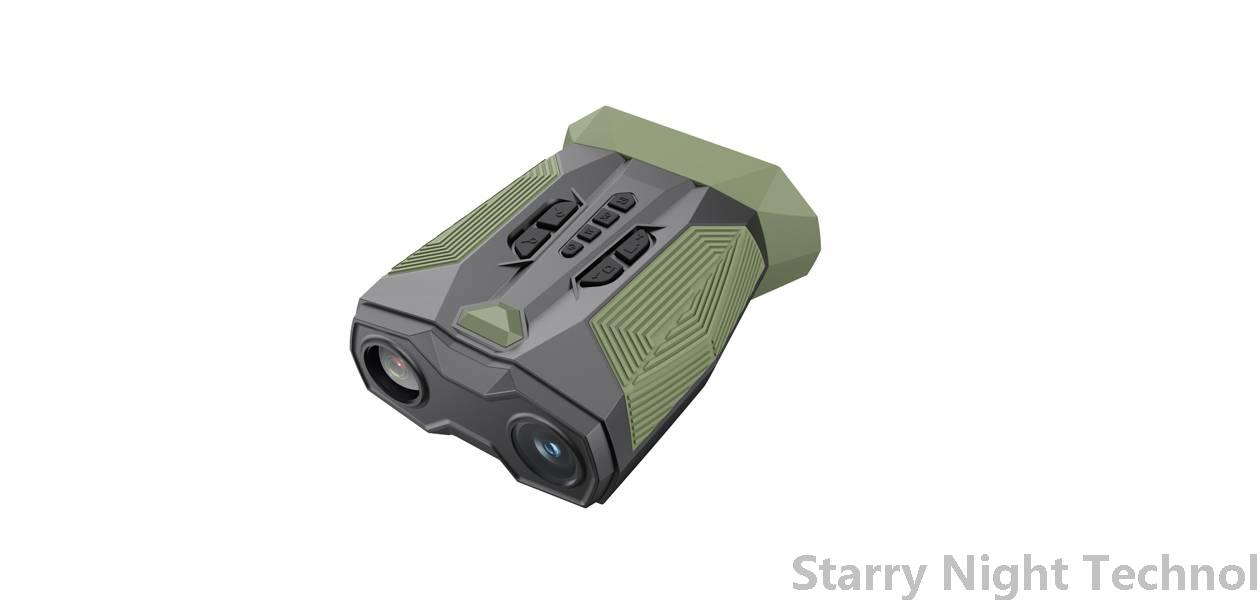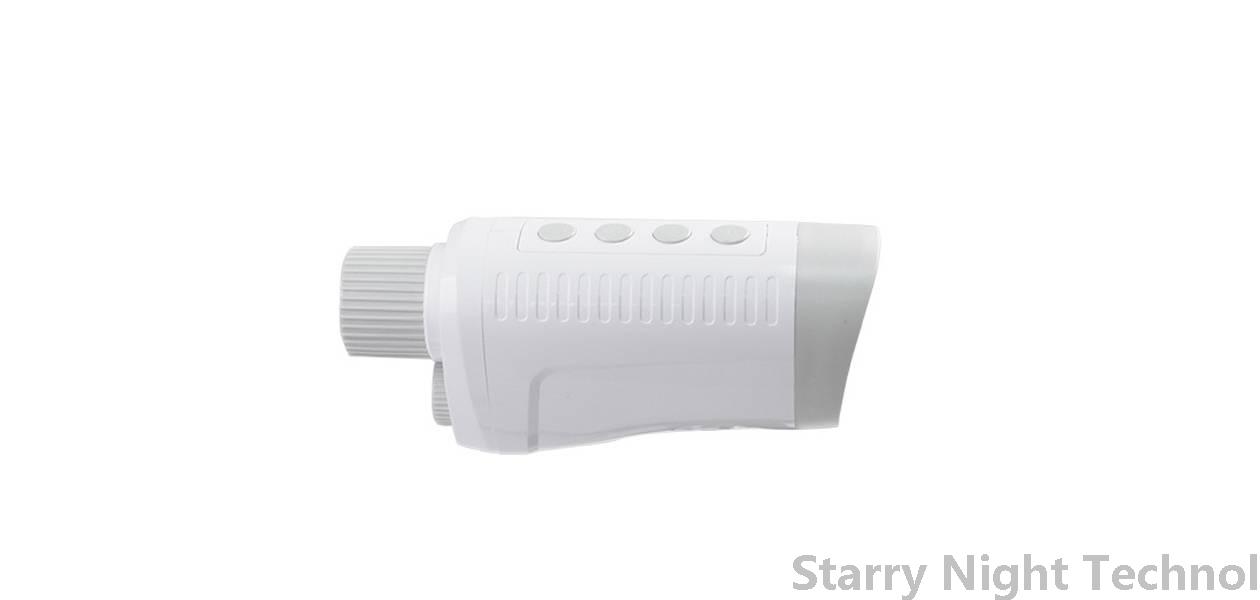Night Vision Technology: Revolutionizing Military, Medical, and Other Sectors
1755586818000

### The Evolution of Night Vision Technology
Initially, early night vision devices were bulky and had limited functionality. They primarily relied on image intensification—the process of amplifying available light, including infrared signals, to create images for visible viewing. Over the decades, advancements in optics, digital imaging, and sensor technologies have led to lightweight, compact solutions with high clarity and accuracy.
The latest generation of night vision goggles uses advanced photomultiplier tubes alongside microelectronic mechanical systems (MEMS) to provide dramatically improved performance, even under extreme environmental challenges. This evolution speaks to society's growing need for efficient, accurate, and real-time nocturnal perception.
### Military Applications: Tactical Advantages
In military contexts, night vision technology provides unparalleled tactical advantages. Armed forces worldwide rely on night vision gear—from monoculars and binoculars to wearable helmet-mounted displays—to enhance operational capabilities after dark. Modern soldiers can navigate, engage targets, and execute missions without the limitations posed by darkness.
Thermal imaging additionally provides an edge in detecting heat signatures emitted by humans and machinery, facilitating surveillance and reconnaissance activities. Real-time data gathered through these devices affords military commanders critical insight into enemy movements or potential ambushes. Moreover, this technology advances not only combat effectiveness but enhances overall troop safety as well.
### Impact on Medical Fields
Interestingly, night vision technology is not confined solely to military endeavors—it has shown promising utility within medical environments too. Healthcare professionals—especially those involved in surgery—sometimes operate in poorly lit settings, making precise visualization crucial. Advanced night vision instruments aid surgeons during procedures carried out in obscured lighting conditions or emergency scenarios where minutes can be life-saving.
Additionally, in emergency response situations like disaster relief efforts, night vision technology assists first responders in locating victims in oppressive darkness. When every second counts, the ability to see clearly in low-light conditions can help save lives. Innovations are emerging wherein augmented reality combined with night vision aids doctors not just in seeing better but interpreting complex visual datasets during diagnostics and treatment plans.
### The Role of Night Vision in Public Safety and Law Enforcement
 Prolonged use has made night vision devices more accessible; this accessibility means smaller municipalities now possess the same level of technological capability as larger urban areas. This democratization equates to increased safety and security regardless of geographic location, leading to pervasive confidence among communities.
Prolonged use has made night vision devices more accessible; this accessibility means smaller municipalities now possess the same level of technological capability as larger urban areas. This democratization equates to increased safety and security regardless of geographic location, leading to pervasive confidence among communities.### Civilian Uses: Wildlife Observation and Search & Rescue Efforts
Outside military and law enforcement applications, night vision technology finds itself integrated within civilian pursuits as well. For wildlife enthusiasts, photographers, and outdoor adventurers, night vision scopes enable individuals to observe nocturnal creatures undisturbed—facilitating appreciation for wildlife preservation efforts.
Search and rescue organizations embrace such technology when navigating challenging terrains durably illuminated by moonlight or starry skies. Herein lies another dimension: improving efficiency in search methodologies amidst naturally occurring crises.
### Future Prospects: AI and Integration of Modern Technologies
As we gaze towards the future, incredible developments beckon particularly with the integration of artificial intelligence (AI). Enhanced algorithms allow night vision equipment to automatically adjust based on environmental fluctuations, identifying movement patterns in real time, which may prove invaluable across applications from policing to scientific research.
Furthermore, miniaturization will continue to elevate usability in consumer-grade products while macro-level frameworks allow synthesis between night vision with drone technology. Drones outfitted with night vision cameras could execute search-and-rescue operations, agricultural assessments at night, and serve additional purposes previously negligible due to darkness.
Perhaps most interestingly, innovations focused on color night vision—a significant advancement over black-and-white-only imagery—promise greater detail analysis relating to both natural scenes and human interaction, thus expanding insight considerably.
### Conclusion: A Symbol of Progress
In summation, night vision technology symbolizes the progress humanity continues to make toward overcoming obstacles presented by nature's unpredictability. As capabilities expand across varied domains—from enhancing national defense to empowering individual explorers—investments in research, development, and implementation remain vital for pushing boundaries further.
Ultimately, whether protecting borders, delivering healthcare, maintaining societal order, or connecting citizens with the awe-inspiring nightlife of the animal kingdom, night vision technology stands as a beacon of potential, illuminating paths forward while bridging gaps once thought insurmountable. Its applications remind us of our relentless drive for improvement and adaptation across societies, assuring brighter tomorrows—figuratively and literally—even in the darkest hours.
What should be selected for night vision devicesStarry Night Technol

